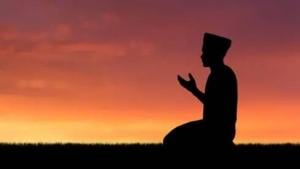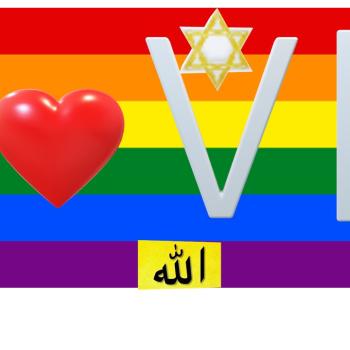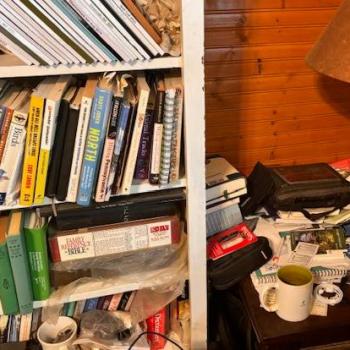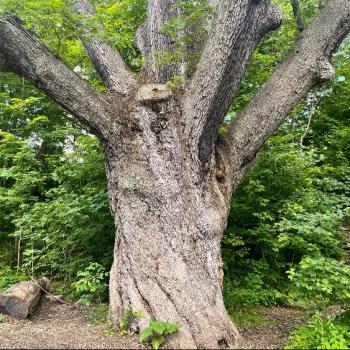
This week, we continue our exploration into the many ways gratitude is seen in the Abrahamic religions. This week, I will be looking at the Islamic tradition and the practice of Shukr.
An Outsider Looking In
From an outsider looking in, one may ask, “why do Muslims bow so much when they pray?” Understanding shukr helps answer this question. Again, it is important that I am an outsider, born in the blood of Jesus Christian and in no way is this post meant to represent a scholarly understanding of the Muslim faith.
For Muslims, bowing is the practice of sujud or saydah. It is a physical practice of thanksgiving and gratitude to God. As one who has contemplated the joining a religious order and now affiliated with the Benedictine order, bowing is a big part in the celebration that we may be partaking in. Buddhists bow in compassion to the other, a practice that I have also picked up as a spiritual practice. Gratitude for Muslims is not only a head emotion, but they have also made it a bodily emotion. In my practice as a therapist, I often teach clients to connect the head and the heart to the emotion they are feeling.
Shukr
In my lectio working up to the writing of this post, Muslims believe that the blessings of Allah are so many that it is impossible to count them all. Allah blesses us in the day and the night. Allah protects us from harm and provides much. For Muslims then, to say thanks to God and to praise God at the same time is known as hamd. Related to this is the term, imitan which is being grateful for the bountiful nature of God. Here, they are talking about a term similar to providence in the Christian faith. From my Wesleyan background, providence is unmerited love, and it is inexhaustible.
An observation I made this week is the very intimate relationship Muslims have with God or Allah. A practice of discovery I have been on over the last several years is digging deeper into a theological orientation known as Open and Relational Theology (ORT). The theologian, Thomas J. Ord is a major driver of this orientation right now, but historically, others like Clark Pinnock, Terrence Fretheim and John Polkinghorne are associated with this orientation. In this orientation, we begin to understand that God has a very intimate relationship with all of humanity, moving in and thru all the moments of creation.
Qur’anic Themes of Gratitude (Shukr)
Shukr is to recognize the goodness one receives. As we move into a time of feasting, time with family and immersed in a world of immense chaos, this is a theme that may help our orientation during these troubled times. For Muslims, shukr is a form of worship.
Desouky, 2022 quoting Ibn Qayyim al-Jawziyya writes that shukr is manifested through
1. The heart, by feelings of subordination and submissiveness
2. The tongue, through verbally acknowledging the blessing and praising/thanking [the benefactor]
3. Acts of obedience and unwavering devotion
Desouky adds that shukr is not an optional supererogatory practice. Shukr is an obligation that sets the foundation for worship. Looking back to my early point about bowing. Finally, in the practice of bowing, regardless of the culture, it is an act of submissiveness and humility.
Kufr, the Opposite of Shukr
There is an opposite to shukr for the Muslims, it is kufr and can be reference in this sura from the Qur’an, “indeed, we guided him (man) to the way, be he grateful( shakir) or ungrateful (kefir)” (Desouky, 2022). For one to engage in kufr, one chooses to refuse the blessings they have received.
Shukr in Practice
Contemplative practice is intentional. One engages intentionally in lectio, contemplatio, meditatio and oratio. The practice of Shukr can inform us in this season of thanksgiving to contemplate how to be more grateful, to pay attention or meditate on the practices of being more grateful, to pray to God, the Holy Spirit or however you understand your center to set the intention to be more grateful. Here in this post, is a little bit of lectio or a small reading on another practice of gratitude. Hopefully, this demonstrates that your world is a bit smaller and that we are not really all that different.
Reference:
Desouky, T. (2022, April 20). The Art of Gratitude: Qur’anic Themes on Shukr. Yaqueen Institute. Retrieved November 12, 2023, from https://yaqeeninstitute.org/read/paper/the-art-of-gratitude-quranic-themes-on-shukr

















